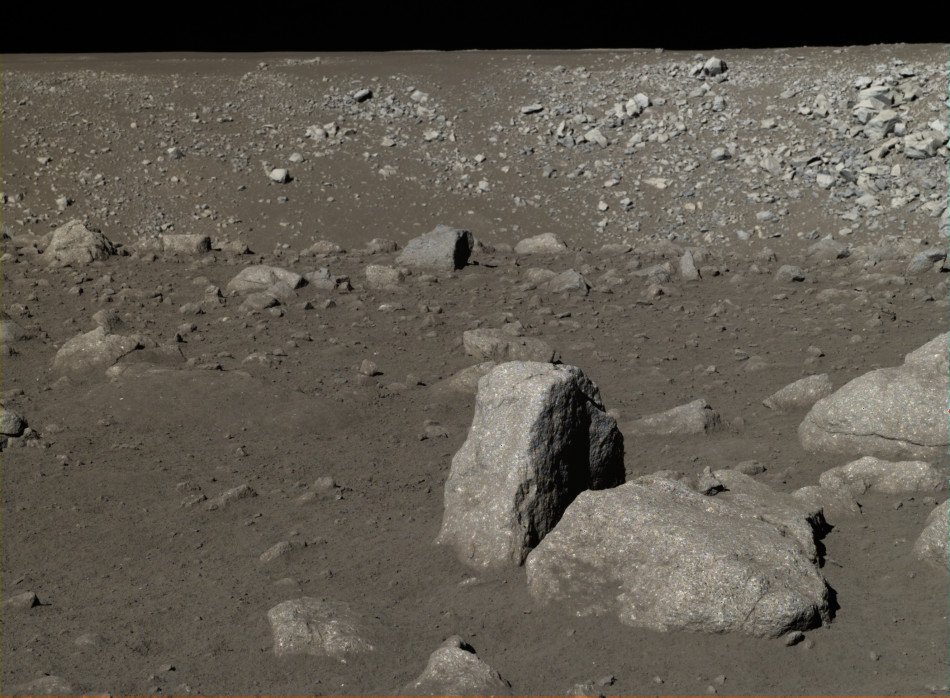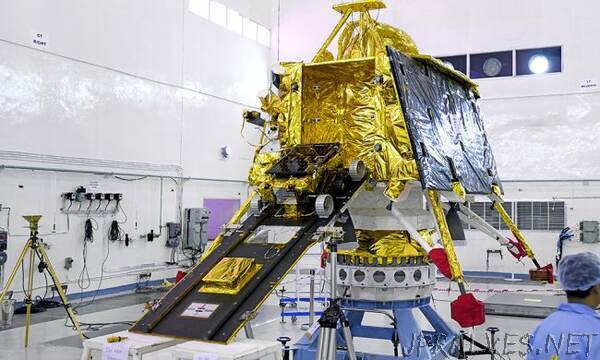

If you opt out we will not be able to offer you personalised ads and You may exercise your right to opt out of the sale of personal Personalize your experience with targeted ads.

These cookies collect information for analytics and to Sale of your personal information to third parties. Under the California Consumer Privacy Act, you have the right to opt-out of the I don’t have an exact date, but 100 days puts the date in early August. It’ll be interesting to about NASA’s reasoning when GAO comes out with its decision. We need to see more on how NASA weighed price into the decision. It goes right back to the story of the first astronauts getting ready for lift-off and they joke they are in a rocket built by the lowest bidder. I can’t judge the technical solutions, but the reasoning over the pick will be informative. Some of the challenges to SpaceX’s technical solution also will be interesting because a moonshot is a heavier lift (pun intended) then delivering astronauts to the International Space Station. That will be hard for anyone to overcome. But just think of the first mover advantage that SpaceX now has if the single award holds. NASA is trying to send the message that no one is locked out. Now that NASA has picked one, it says there will be future competition that others can bid on. It never promised two winners, just that it would pick up to two. By picking just SpaceX, NASA didn’t go against the letter of its solicitation. In its solicitation, NASA said it valued competition and wanted to pick two prime contractors. (By coincidence, Blue Origin is led by Amazon founder Jeff Bezos.)

JEDI of course remains mired in a lawsuit filed by Amazon Web Services. The Defense Department has argued there will be plenty of competition and that it believes that there will always be multiple cloud providers. I think about the arguments that floated around the JEDI cloud infrastructure contract - one provider versus multiple providers. Either way, I think we’ll learn something significant. Unless of course there is a corrective action ahead of that. I hope we learn more about all of those when GAO issues a decision in 100 days. The interplay of the technical solution, competition and price is what I find interesting here. Until it made a single award to SpaceX, NASA had given strong indicators it would make two awards to keep that element of competition - to drive innovation and lower costs - as part of the program.īut all prices including SpaceX's were higher than NASA anticipated and the agency said at the time of award that it couldn’t afford to make two awards. Dynetics also emphasized the need for continuing competition to ensure the success of the program. In a statement, Dynetics said it has issues with several aspects of the acquisition process and technical evaluation that GAO should address. Blue Origin claims NASA went back to negotiate with SpaceX over the pricing but didn’t give them the same opportunity.īlue Origin also argues NASA misjudged the advantages of its proposal and downplayed the technical challenges SpaceX faces, the company told the NY Times. The contract that went to SpaceX is worth $2.89 billion, but the bid by Blue Origin came in at $6 billion, according to the first report by the New York Times. If it had, one of their proposals would have been selected. In their protests at the Government Accountability Office, Dynetics (a subsidiary of Leidos) and Blue Origin argue NASA didn’t conduct a proper evaluation. No surprise here: Dynetics and Blue Origin have filed protests against NASA's award of the lunar lander contract to SpaceX.


 0 kommentar(er)
0 kommentar(er)
